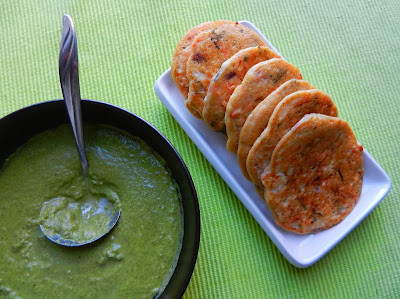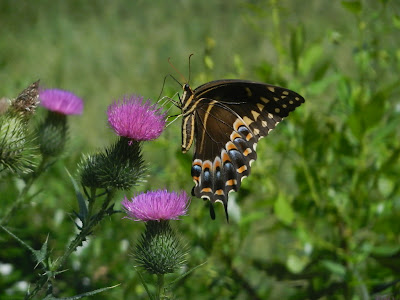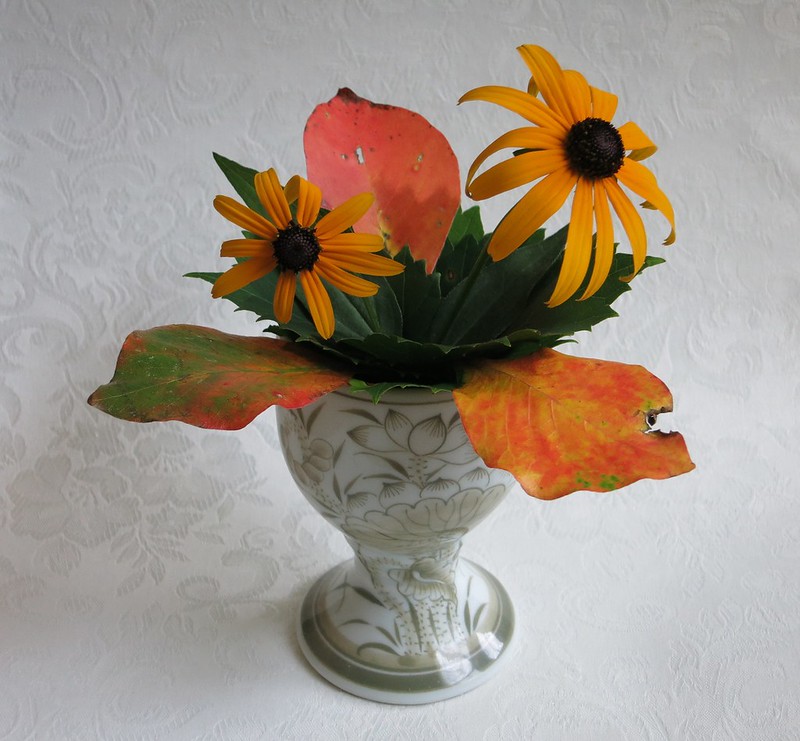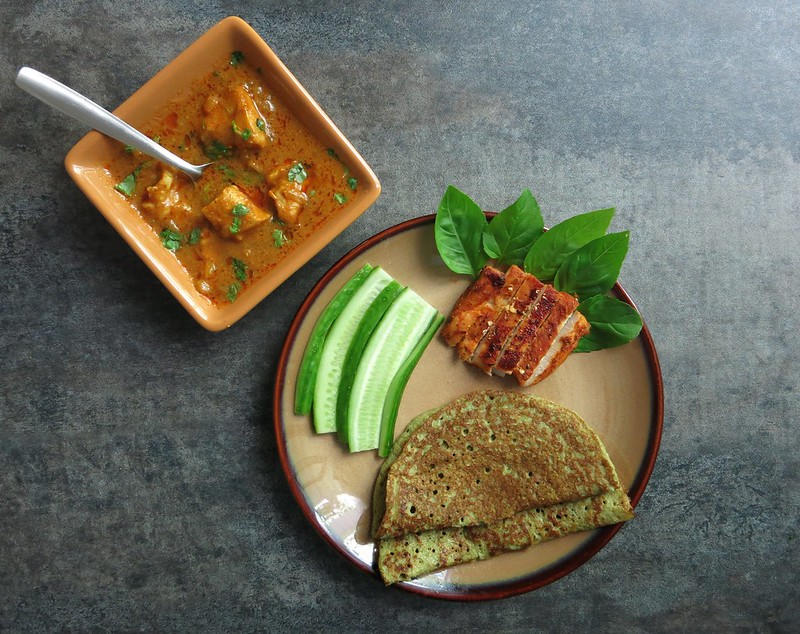Tomorrow is Onam, Kerala's prime festival associated with the legendary noble King Mahabali. Beautiful floral carpets are laid on the floor at the entrance of the homes to welcome King Mahabali. I love onam ritual of floral Rangoli. In this post I am sharing two pookalam images, one from year 2011 and another from 2012, both pookalams were done with available garden and store brought flowers. Traditionally Pookkalams are round floral patterns but last year I made square floral design. I have used some wild green berries (Chinese Privet, Ligustrum Sinense) and Pampas grass. These are very simple Onam pooklam patterns one can make with available flowers. I have mostly used whole flowers instead of pinched petals. Enjoy few additional images of Chinese Privet berries and Pampas Grass captured around home.
Wishing all my readers, followers and visitors a very Happy and Blessed Onam!!
Flowers and berries before setting Onam Pookalam.
Pampas Grass.
Chinese Privet berries captured today morning.
In fall they turn black, scroll down to check more images
taken during different season and weather conditions.
Chinese Privet berries captured on 28th October 2012.
Image taken on 16th November -2012
Image taken on 12th January 2013, on a cold, misty Day.
~-~-~-~-~-~-~-~-~-~-~-~-~-~-~-~-~-~-~-~-~-~-~-~-~-~-~-~-~-~-~-~
Ona-Pookkalam (09/29/2011)
















































































